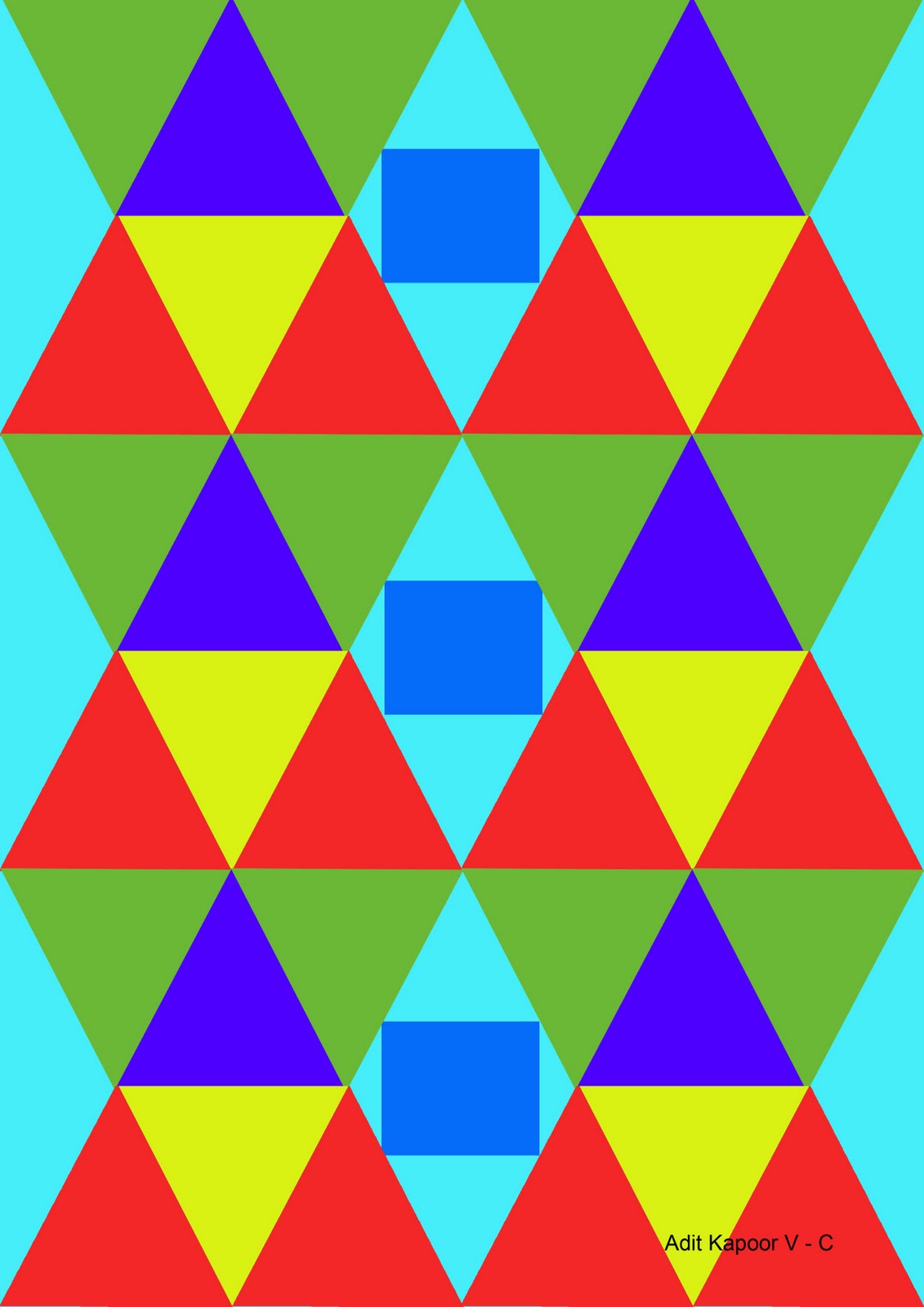

Wells, Hidden connections, double meanings: A mathematical exploration. Bring art and math together with this fun tessellation art project. Frederickson, Hinged Dissections: Swinging & Twisting, Cambridge University Press, 2002 These new symmetries lead to the prediction of new properties of these crystals that relate to these rotations, called "roto properties." Applications range from the discovery of materials that allow electrical control of magnetism to new insights into well-known crystals such as quartz and organic crystals.Ĭredit: Penn State University, Gopalan lab, Ryan Haislmaier Such new symmetries also arise in helical structures such as DNA, proteins, and sugar crystals. In the applet below, the square shape is further relaxed to become a parallelogram.Ī lattice composed of two repeating squares that represent molecular structures, one rotated clockwise (color coded blue) and another counterclockwise (color coded orange) with respect to each other - such structures have many more symmetries than had been recognized before the paper by Gopalan and Litvin (May 2011, Nature Materials). In the above applet the distorted squares have been loosened into rhombi. Starting with a square grid we are allowed to distort some of the squares while maintaining the directly adjacent quadrilaterals square. There is another way of looking at the configuration. This topic has now been developed by Frederickson (2002). The name "hinged" tessellation was originally given to structures of this form by Wells (1988) and an example of a hinged semi-regular tessellation was provided.

This rotation causes the grid to expand, form a checkerboard pattern and eventually reform as a grid with all squares rotated 90 degrees (some clockwise, some counterclockwise.) A similar effect is possible with other tessellations of regular polygons, and with semi-regular tessellations.
#Square tessellation install#
If you want to see the applet work, visit Sun's website at, download and install Java VM and enjoy the applet.Ī grid of squares can be hinged together at pairs of vertices in such a way that any square can be rotated 90 degrees. A tessellation is created when a shape is repeated over and over again covering a plane without any gaps or overlaps.Īnother word for a tessellation is a tiling.This applet requires Sun's Java VM 2 which your browser may perceive as a popup. When you fit individual tiles together with no gaps or overlaps to fill a flat space like a ceiling, wall, or floor, you have a tiling. The regular tessellation with squares will be familiar to students from playing checkers, chess, and tic-tac-toe but also from observing the way square tiles are laid on both floors and ceilings. They were used to make up 'tessellata' - the mosaic pictures forming floors and tilings in Roman buildings The word 'tessera' in latin means a small stone cube. The goal of the task is to use algebra in order to understand which tessellations of the plane with regular polygons are possible. The term has become more specialised and is often used to refer to pictures or tiles, mostly in the form of animals and other life forms, which cover the surface of a plane in a symmetrical way without overlapping or leaving gaps. This will form the basic shape from which your tessellation will be generated. 2 Cut out a small square or parallelogram. If you look at a completed tessellation, you will see the original motif repeats in a pattern. If you want a smaller tessellation, choose smaller paper.

One mathematical idea that can be emphasized through tessellations is symmetry. There are 17 possible ways that a pattern can be used to tile a flat surface or 'wallpaper'.Įscher read Pólya's 1924 paper on plane symmetry groups.Escher understood the 17 plane symmetry groups described in the mathematician Pólya's paper, even though he didn't understand the abstract concept of the groups discussed in the paper.īetween 19 Escher produced 43 colored drawings with a wide variety of symmetry types while working on possible periodic tilings. He adopted a highly mathematical approach with a systematic study using a notation which he invented himself. There are 4 ways of moving a motif to another position in the pattern.


 0 kommentar(er)
0 kommentar(er)
